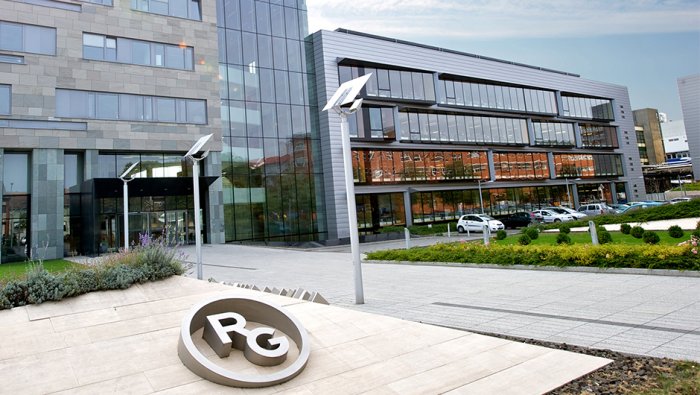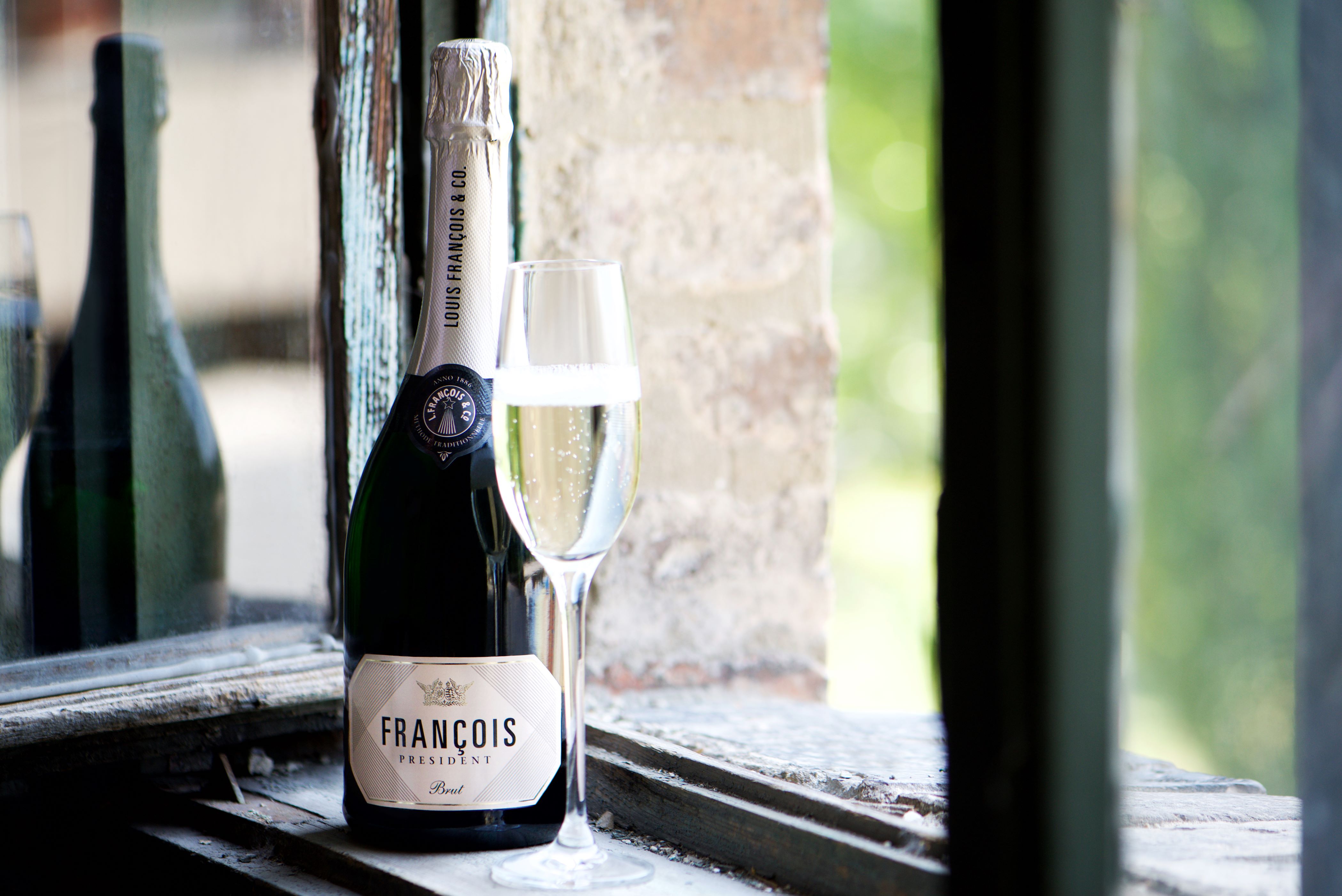Badacsony: a Bevy of Balaton and Basalt

Norbert Varga
Badacsony, with its series of magical yet brooding sawn-off mesas (isolated, flat-topped elevations, ridges or hills) and shapely volcanic cones, plus its Balaton lakeside setting, is not only one of Hungary’s most beautiful spots, it is also prime terroir for making fine wine.
The dark basalt soils and the moderating influence of the water can, and increasingly do, yield wines with fine purity of fruit and subtle salinity. My first brush with Badacsony was two decades back, when vintners there would merely greet you by asking whether you wanted “száraz vagy édes” (“sweet or dry”). I recall the dry generally being clean and quaffable (if it a little watery) and appealing to my then primitive palate.
Fast forward to 2020 and Badacsony is a hive of vinous activity and creativity with a growing group of winemakers skillfully crafting wines that channel the essence of their place of growth into the glass. Nevertheless, there’s still much chiseling to be done to smooth out some rough volcanic edges.
This year’s Badacsony New Yorkban tasting (literally Badacsony in New York) saw many of the region’s finest winemakers hit Budapest’s legendary coffee house on February 28 and it was a buzzing affair.
The region’s indigenous Kéknyelű grape could be Badacsony’s calling card but, in most cases, it comes up short and somewhat sour, with a very neutral, austere character with just a touch of citrus and painfully sharp acidity.
However, the solution appears to be simple, though few appear to be doing it (perhaps for cash-flow concerns); lay it down and let it age! Rather than getting old and tired, the wines transform to become rich, rounded and full of life.
A case in point is the 2006 by Szeremley (HUF 4,075 from borkereskedes.hu), the modern region’s pioneer. This is a wine which is still very much with it and has probably only recently peaked, with its floral, baked fruit and nutty aromas and dense, long palate, with a good dose of structure-building acidity. It certainly has a strong sense of place about it.
Ramping Complexity
I actually made the conclusion that this wine was still approaching its peak in 2016 and needed another year or two for its acidity to fully round out. In this way, it is very like Hunter Valley Semillon from New South Wales, Australia, which is also citrusy and simple to begin with, but ramps up the complexity over a decade or two.
There are some exceptions to the lay-down rule, such as Válibor’s Kéknyelű from the 2018 vintage (HUF 4,130 from artizanshop.hu), which has lovely inviting and quite rare (for this grape) floral aromas, alongside the usual citrus, and a rich and deep palate with an oily texture. It was spontaneously fermented and aged for eight months in used 500 liter barrels. It comes from less volcanic soils from Badacsonyörs, which may account for its approachability at this young age.
Kéknyelű takes up just 44 hectares of Badacsony’s vineyards and this late-ripening, fully female grape, which ironically makes wines that may be described as thoroughly masculine, needs to be pollinated by another grape variety, a deed long carried out by Budai Zöld.
This latter grape usually makes light floral wines (Válibor’s is the pick of this variety for me), although Rózsakő, a crossing of Budai Zöld and Kéknyelű created by Ferenc Király in 1957, is also now performing the role and has good potential, with producers like Szászi making good offerings.
This organic producer also makes very good Olaszrizling, in particular the Szigligeti Kabócás 2018 (HUF 5,950 from the cellar), which is one of the best in the country and smashes the assumption that Olaszrizling can only make simple wines.
Laposa’s 4 hegy (hill) Olaszrizling is another strong example, although one of the four hills the grapes come from actually is Somló Hill, in another region, where the family has some grapes.
Real Depth
Pinot Gris, which is often called Szürkebarát (literally grey monk) in Hungary, is in its element in Badacsony. In many regions of the world, this grape variety makes inexplicably popular wines of quite bland character, but it can capture real depth here, such as with Válibor (HUF 3,050 from Radovin), which has a pink color thanks to 36 hours of skin contact (the grapes skins are somewhere between those of white and black grapes), and smooth, dense, peachy palate.
Another cracker comes from Csaba Török’s 2HA cellar from Szent György-hegy: the 2018 (HUF 3,470 from artizanshop.hu). This is confident, ripe, round and rich take on Pinot Gris, which has vibrant acidity to cut through the wine’s intensity. 2HA also makes serious red wines, such as a Shiraz and Tabunello, the latter made from the Sangiovese Grosso of Tuscany – the same grape behind Brunello di Moltalcino.
Also, from the prized Szent György-hegy, Canadian-Magyar Robert Gilvesy is bringing out his new Váradi Furmint 2018 soon and it is worthy of comparison to a high quality Furmint from Tokaj.
Laposa also makes a decent Furmint, while Tamás Borbély made his first vintage in 2018 (called virgin vintage), which is a little rough around the edges. Hárslevelű, another high-end grape more readily associated with Tokaj, is hard to find in Badacsony but it can be excellent, such as those made by veteran Nyári Dűlő, and Csendes Dűlő, a relative newcomer.
Meanwhile, Borbély’s Kőmagas Rajnai rizling (Riesling) 2016 is very varietal with that classic petrol note emerging and a waxy texture and saline minerality that brings the grape home to Badacsony, or rather an adopted home.
While many may consider that Hungary is too warm to make good Riesling, Swedish-owned Villa Sandahl goes full tilt at this great German grape and makes little else, releasing wines from different fractions of the must. While the names of the wines may be catchy (Oh Deer, Rabbit Periscope and Chicken Year), the wines are classy and capture the essence of the grape, albeit in a warm lakeside context, where the vineyards on Badacsony Hill lap up reflected sunshine and heat from the lake which they overlook.

SUPPORT THE BUDAPEST BUSINESS JOURNAL
Producing journalism that is worthy of the name is a costly business. For 27 years, the publishers, editors and reporters of the Budapest Business Journal have striven to bring you business news that works, information that you can trust, that is factual, accurate and presented without fear or favor.
Newspaper organizations across the globe have struggled to find a business model that allows them to continue to excel, without compromising their ability to perform. Most recently, some have experimented with the idea of involving their most important stakeholders, their readers.
We would like to offer that same opportunity to our readers. We would like to invite you to help us deliver the quality business journalism you require. Hit our Support the BBJ button and you can choose the how much and how often you send us your contributions.








